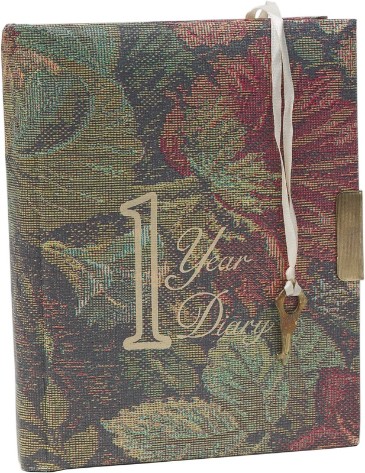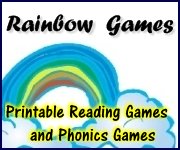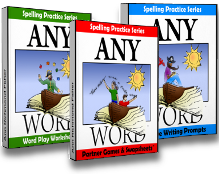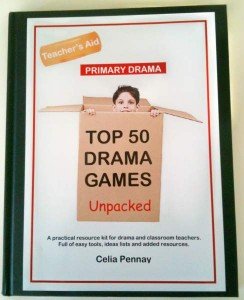Creative Journal Writing
Journal Writing Ideas with a Multiple Intelligence Approach
 Creative journal writing using a multiple intelligence approach helps all students express their thoughts while practicing writing skills, including punctuation and sentence structure. As kids address journal writing prompts through the ways they learn best, they engage deeply in content area lessons, as well as develop fluency as writers.
Creative journal writing using a multiple intelligence approach helps all students express their thoughts while practicing writing skills, including punctuation and sentence structure. As kids address journal writing prompts through the ways they learn best, they engage deeply in content area lessons, as well as develop fluency as writers.
Fortunes need not be spent on materials for creative journal writing. With only pencils, lined paper, markers, and construction paper, students can create decorative, attractive, illustrated journals, tied to any subject, any multiple intelligence lesson plan. Let's take a look at how creative journal writing ideas can be connected to the nine multiple intelligence areas:
- Verbal-Linguistic: writing and reading entries aloud
- Spatial: illustrations of entries
- Bodily-Kinesthetic: dramatizing a journal entry
- Logical-Mathematical: discuss the solutions to math problems
- Interpersonal: co-author journals with a partner
- Intrapersonal: personal response journals
- Musical: discussion of song lyrics
- Naturalist: document and discuss weather or environmental changes
- Existential: personal responses to character education writing prompts
Now that we've established how creative journal writing supports all the ways of being "smart", let's look at different types of journals for creative writing activities:
- Personal journals: reflection upon one's own experiences and emotions
- Interactive journals: a "conversation journal" between student and teacher
- Response journals: responses to literature selections, characters, and plot
- Dialectic journals: double-sided entry journals in which students document events, then respond to them
- Point-of-view journals: written from the persona of fictional or historical characters
- Science journals: document observations, illustrate them, and discuss outcomes
- Math journals: written explanations of mathematical solutions to puzzles or problems
- Art journals: a visual diary of the day's events with written descriptions
- Music journals: collect lyrics and write personal responses, with illustrations
- Nature journals: identify patterns viewed outside in the natural world
- Weather journals: detailed weather logs, with predictions and pictures
As students practice writing across the curriculum, you will notice natural improvement. You can tailor future writing instruction to your students' needs, as you observe the following:
- Did the student write about the given topic?
- Did the student express himself/herself clearly?
- Did the student show an understanding of the subject?
Return from Creative Journal Writing to Creative Writing Activities
Return from Creative Journal Writing to Creative Writing ideas and Activities
Helping You Write Across the Curriculum!
copyright 2009-2013 www.creative-writing-ideas-and-activities.com
Our Most Popular Pages
5. Writing a Personal Narritive
10. Elements of Persuasive Writing
Recommeded Resources:
AnyWord(TM) Spelling Practice Series!
Worksheets, games and activities to use with any spelling words. Three volumes in all!
Stop Essay Pain!
LitWorks.com
Resources to help students prepare for literature examinations.
Teach Kids Drama!








